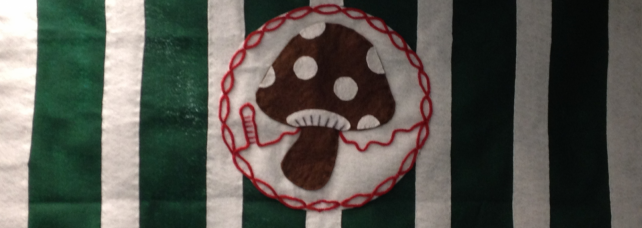
Official Lab Flag
Riboswitches. Riboswitches are noncoding RNAs that regulate the expression of genes in response to the presence of small molecules. We investigate these RNA-small molecule interactions and how they modulate downstream gene expression. How are diverse small molecules recognized by a limited number of RNA bases? How can riboswitch variants that differ by just a few nucleotides specifically bind dramatically different ligands? How does binding trigger the conformational change necessary for gene regulation at biologically relevant concentrations? We apply a variety of biochemical, biophysical, and bioinformatic techniques to answer these questions. We have used X-ray crystallography to identify the basis for ligand binding in riboswitches that bind amino acids, metabolites, second messengers, and toxins. To understand the energetics of binding and how it leads to regulation of gene expression, we have developed a sequencing-based high-throughput functional assay (SMARTT). This method yields quantitative data for thousands of mutants simultaneously, allowing for analyses that were previously impractical. We have used this method to understand the complex regulatory circuitry of singlet and tandem glycine riboswitches. We are also able to explore the sequence space separating riboswitch variants that respond to different ligands. We are developing an analogous high-throughput method for translational riboswitches to compare and contrast with transcriptional systems.
Fluoride Homeostasis and Toxicity. Riboswitches can also provide valuable insights into biology, as they imply a connection between a small molecule ligand and a downstream gene. In one dramatic example, the fluoride riboswitch indicated a role for a membrane protein of unknown function in fluoride biology. Now, multiple fluoride channels have been discovered that are responsible for preventing fluoride toxicity. We are currently investigating the mechanism by which FEX, the eukaryotic fluoride exporter, confers resistance from fluoride toxicity. Current efforts include biochemical analysis of FEX function, genetic studies of cellular pathways essential for fluoride resistance, and monitoring fluoride detoxification mechanisms in single- and multi-cellular organisms. We are also establishing knockout, mutant, and overexpressed FEX lines in yeast, moss, and plants.